Life Beyond the Ghat
The alternate Yamuna ghat
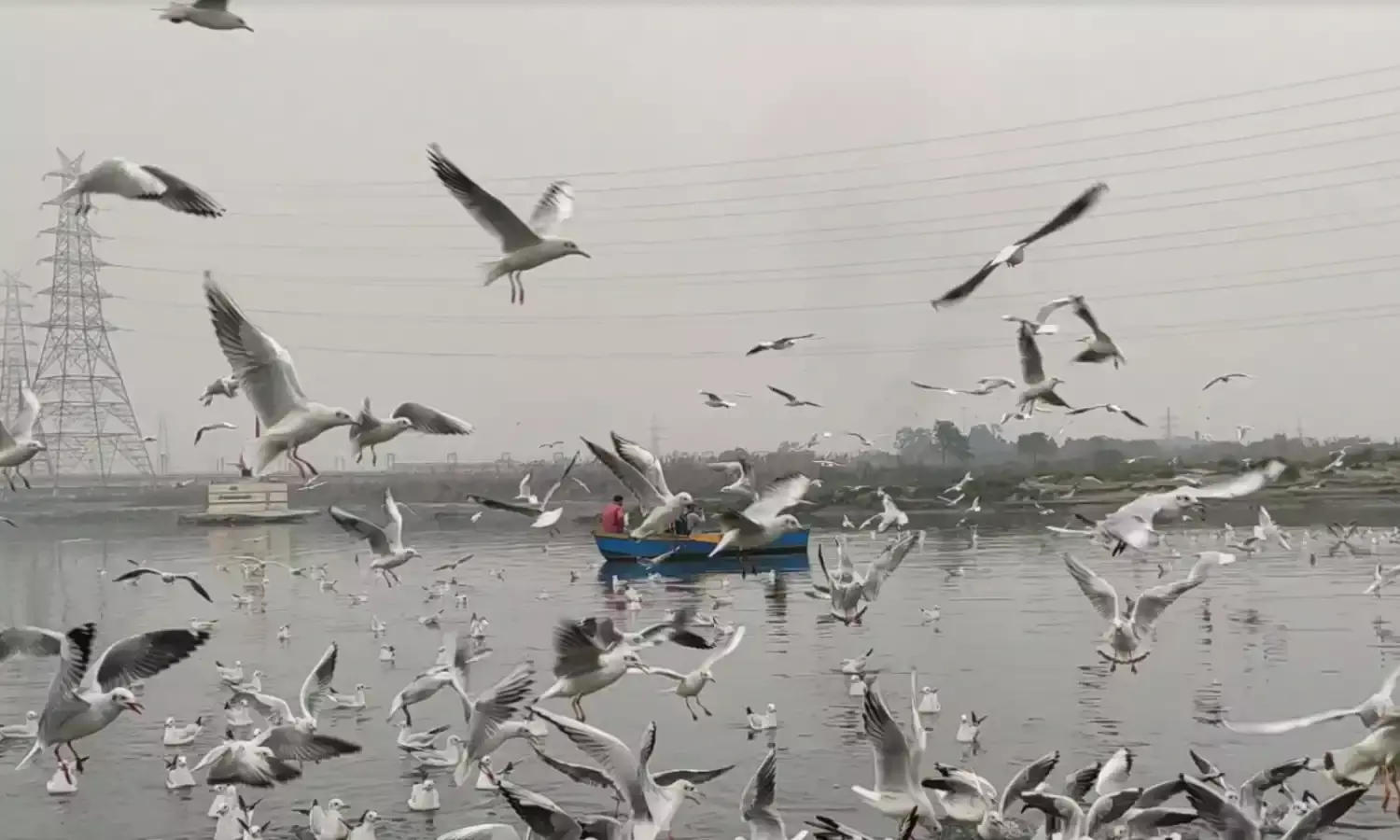
Nestled in Delhi-6 and situated not too far from the Kashmere Gate metro station is the famous and revered Yamuna Ghat. With multiple steps of stairs opening at the mouth of the holy Yamuna and around 10-15 boats waiting to ferry visitors and tourists; the place houses almost 200-300 people who live with their families. Visited by people for bathing, ritualistic, and recreational purposes, this Ghat shares its walls with the oldest cremation ground in Delhi—Nigambodh Ghat—which is visited by people to perform the last rites of their loved and known ones.
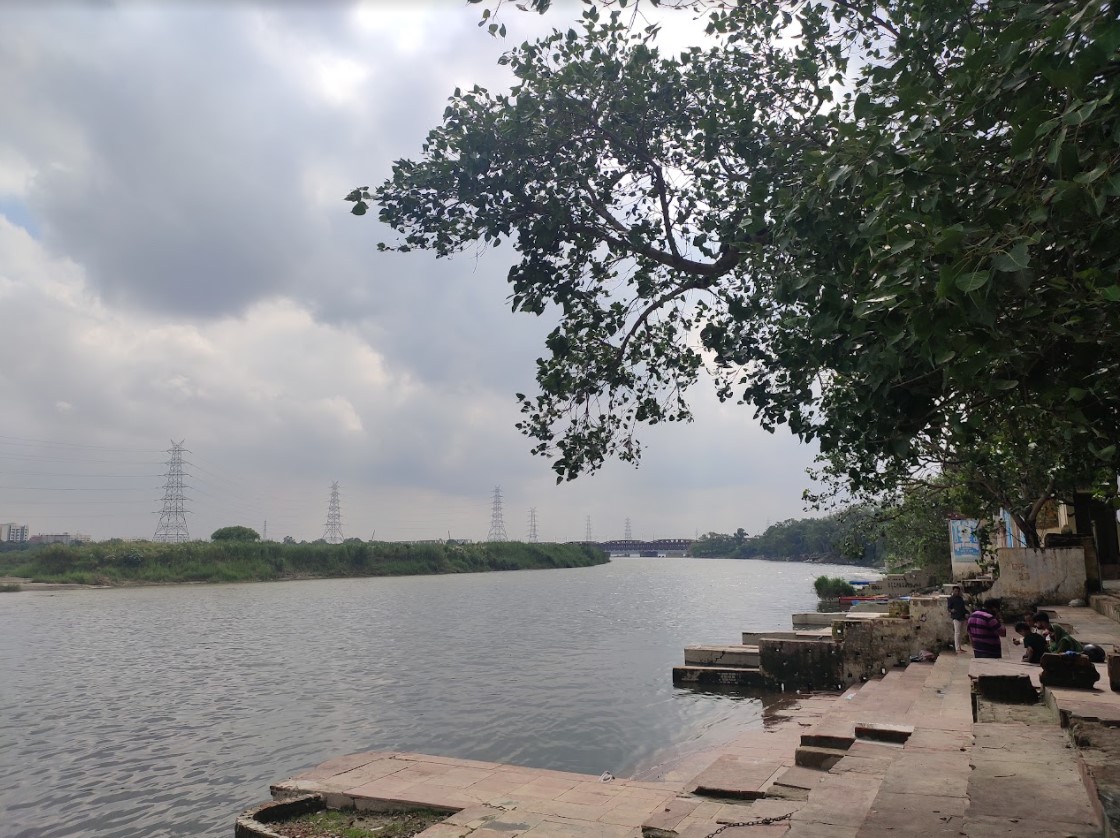
THE OLDEST GHAT
Ganesh Pandit, a 28-year-old boatman who was born and brought up on the Ghats, tells, “Nigam Bodh Ghat is famous for several decades. It is one of the oldest and significant Ghats and is symbolic of our age-old cultures, traditions, heritage, and history. People and visitors limit their gaze to this place being just a ‘cremation ground’ without even realizing that several families live in the same vicinity too.”
Like many others, Ganesh’s family has been living on the Ghat for more than 60 years now and his father was the first one to come here. He shares, “My childhood was a fun-filled and a happy one, and I enjoyed a lot as a child. But as I grew up, tensions and worries of all sorts came along. Things like how to work and earn overpowered everything else, and after my father passed away, the responsibility to take care of my family and earn fell on my shoulders.”
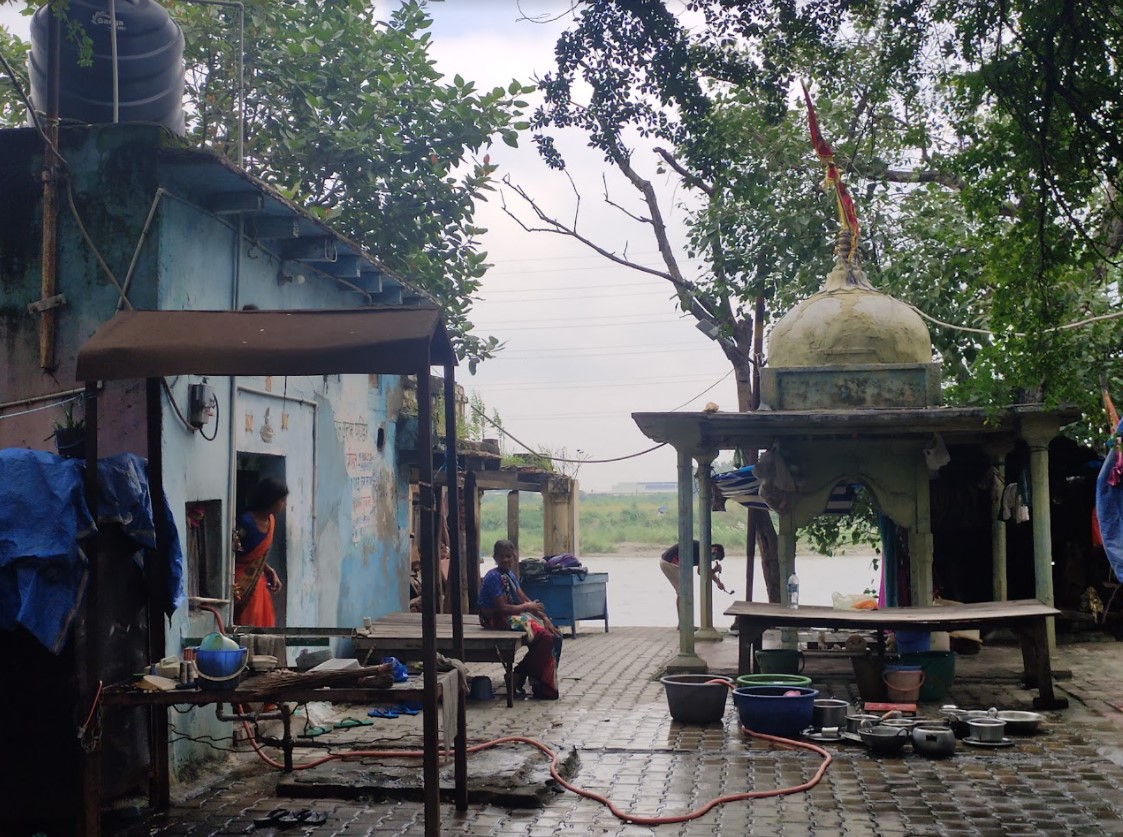
LIVELIHOOD
The Ghat is surrounded by several mini temples, idols of deities, and small makeshift shops selling everything from tea and biscuits to flowers and sweets. A majority of those living on the Ghat earn their livelihood by rowing boats to-and-fro, helping tourists take a dip in the river, and facilitating the immersion of idols, flowers, and ashes.
Ganesh, who has a massive fan following on Instagram and receives several calls a day for booking of shoots, adds, “My main source of employment here is through the boats I own. In addition to it, I also facilitate work related to worshipping and religious activities and help arrange priests whenever people want to offer prayers or conduct any rituals.”
With the incoming of the migratory birds during every Autumn-Winter, more employment opportunities have been created for the tea sellers, bread makers, boat rowers, and even those who make and sell the special ‘namkeen’ to feed these birds.
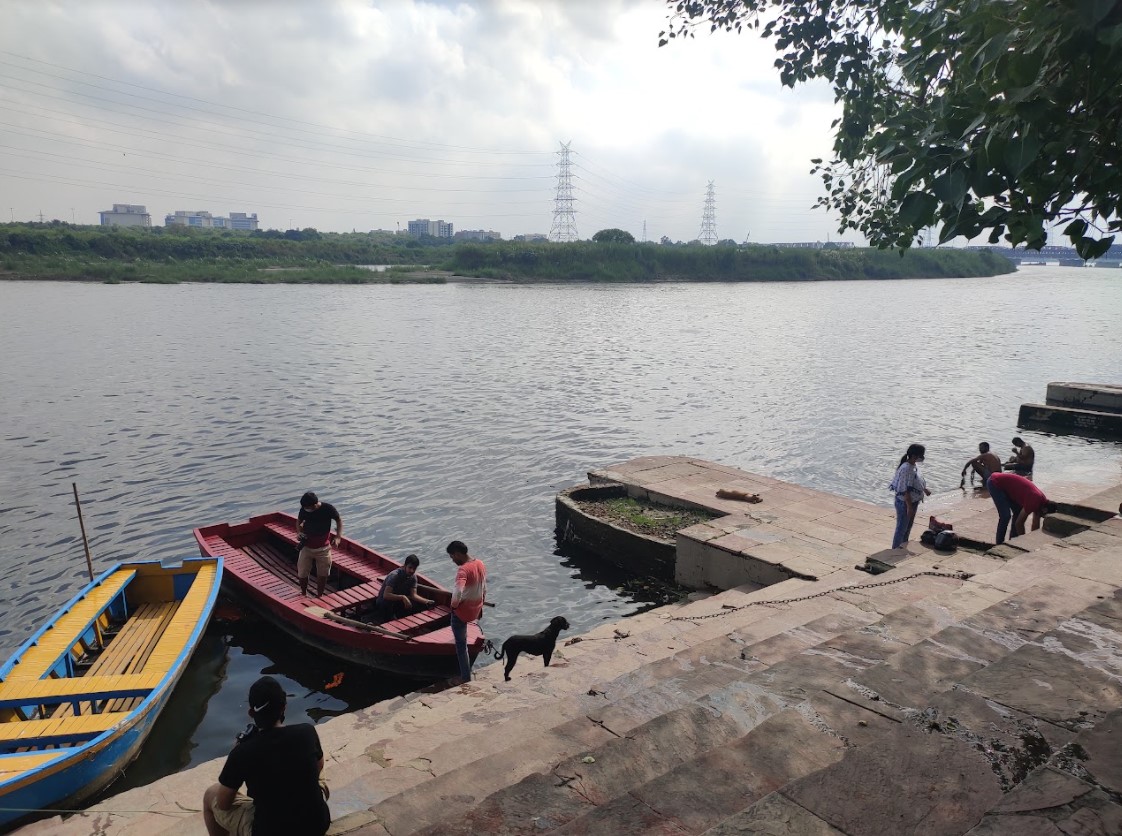
OVERLAPPING THE VIRTUES OF RITUALS AND RECREATION
With the widespread significance of the Western culture and modernization, and with changing times and trends, people and their ideas regarding faith, religion, and cultures have also changed. Ganesh admits that the activities related to prayer and traditions have reduced on the Ghat over time and people are not as deeply involved in worshiping and praying as they were before.
However, he adds, “When God closes one door, he opens several other gates and that's what happened with all of us here. A lesser number of people now come for ritualistic activities and offerings. But luckily, a majority of people started visiting the Ghat for pre-wedding photo shoots, dance video shoots, click photographs, model shoots, and to shoot for films and web series. Some people put images of the Ghat on social media websites such as Instagram and YouTube, and that’s how it became a popular shooting spot. We can earn because of all this otherwise it would have become very difficult to manage our finances.”

PEACE & STILLNESS
What attracts people to the Yamuna Ghat is its peaceful vibe, feel, and picturesque surroundings. Expressing how this place is different from the mainland city, Ganesh says, “This Ghat is located in Delhi-6 and it still stands out from the rest of the city. You will witness the hustle and bustle of the city life if you go a kilometer ahead and if you come back to the Ghat, you'll find peace and stillness.”
With no high-rise buildings in front of the site or no sound of traffic piercing through the ears, one could come and sit here for hours, look at the river, take a boat ride and watch the birds flutter to divert their minds and feel better. He adds, “Yamuna Ghat offers an unmatched sense of serenity and peace to those who are troubled or stressed. People often end up feeling light and at ease when they come as it feels and looks different.”
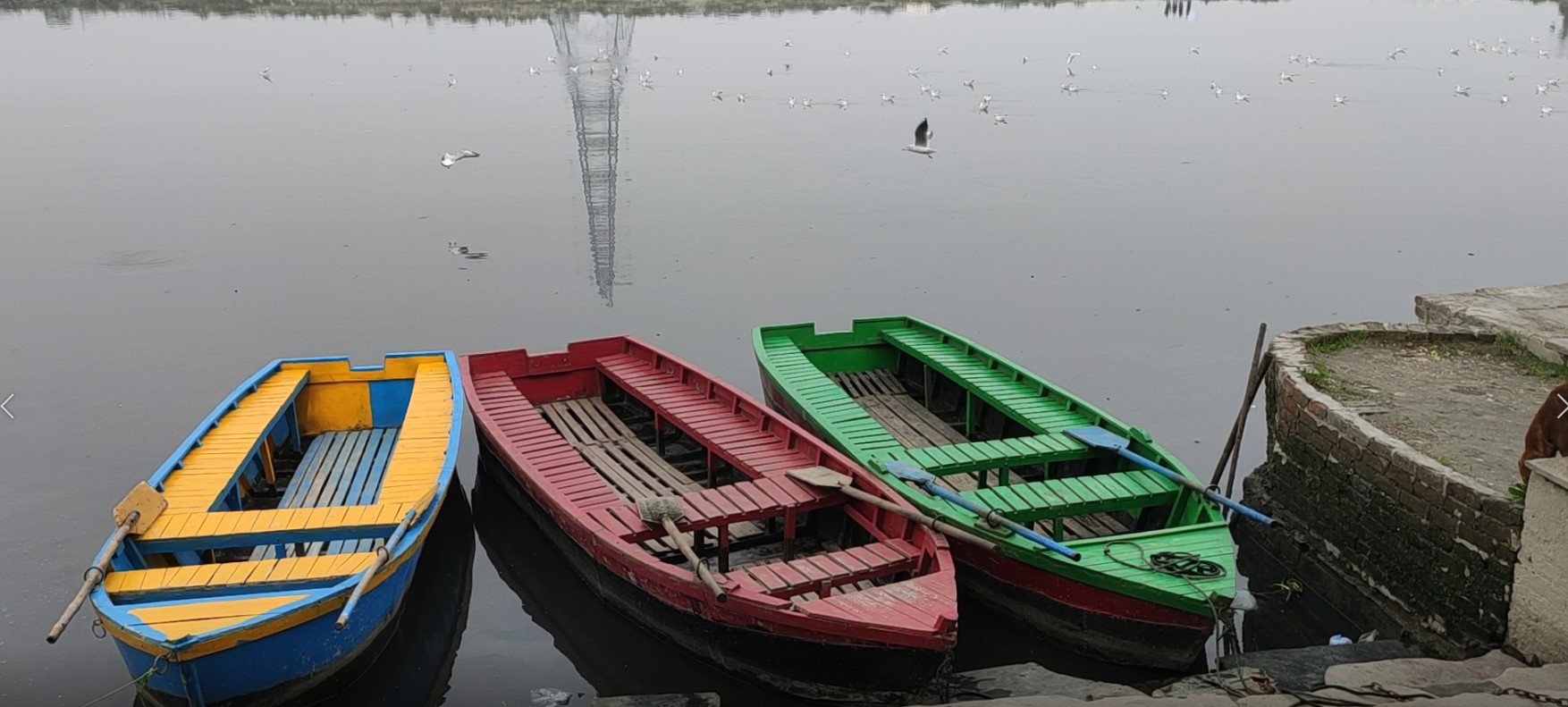
A SUDDEN INCREASE IN THE GHAT’S POPULARITY
Residents of the Ghat owe its increased popularity and the influx of tourists to the migratory birds, a.k.a, Siberian Seagulls. Within three-four years, the Ghat came into the limelight, became so popular, and attracted more visitors after the images clicked by several photographers got viral on Instagram.
Ganesh comments, “This place used to be isolated, quiet, and very gloomy before. Ever since seagulls have started coming here, this Ghat has become lively, full of life, and there’s always a hustle-bustle of sorts. If it wasn’t for these seasonal international guests, people, photographers, and even tourists wouldn’t have come here for shoots or boating.”
The Ghat witnesses a piercing silence for the six months of Spring-Summer when the flock of migratory birds go back. “All in all, the presence of these birds is a blessing in disguise for the people of Ghat, even if it’s for a short while,” says Ganesh.
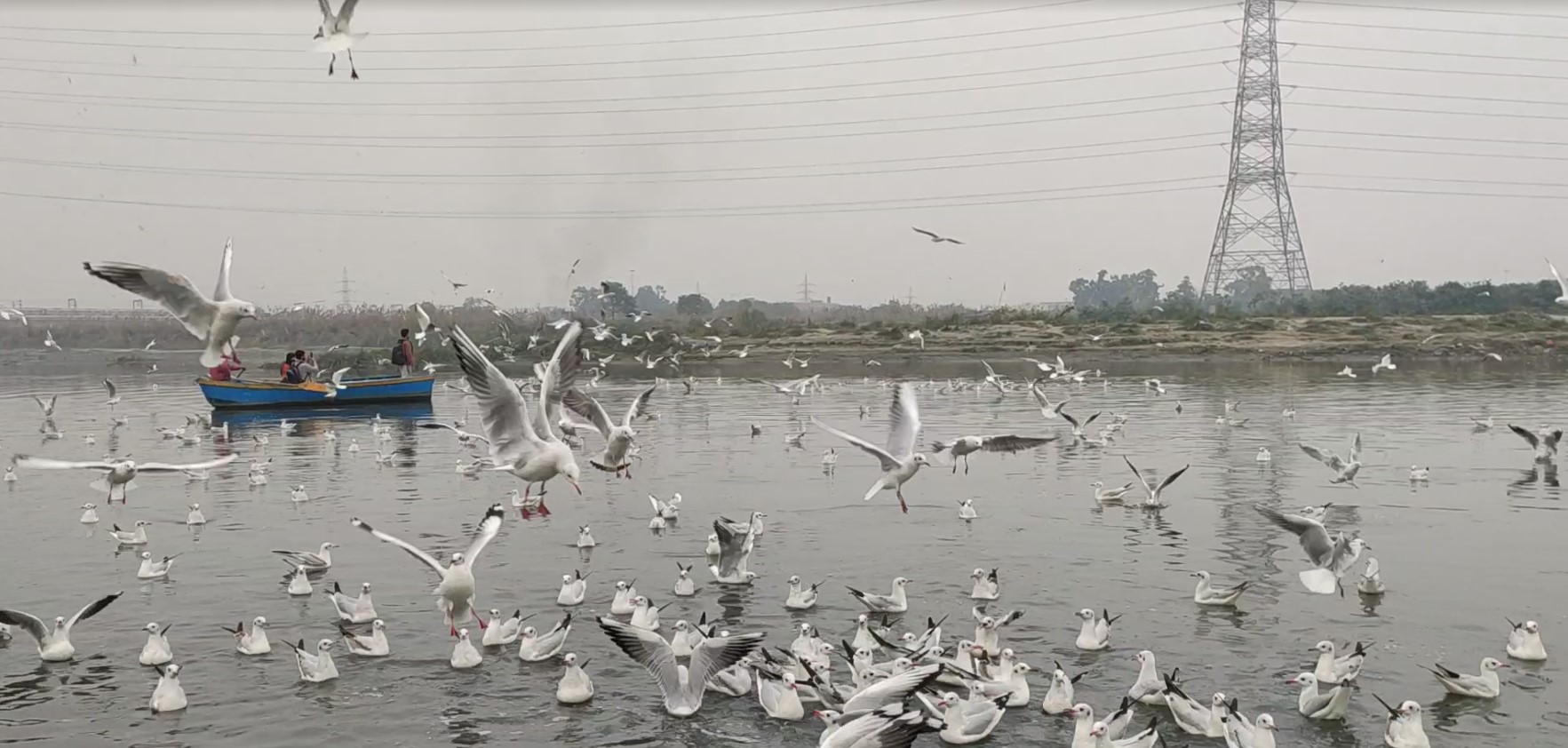
PRAYING ALONG WITH THE DIRT
A former swimming instructor at IP College for Women, Delhi University, Ganesh asserts, “The Yamuna is not just a holy river but our 'maiyya' (mother) as people refer to it. It is our life-giver and we all are destined to become part of it once we die, and so people must visit the Ghat with nothing but just pure faith and reverence in their hearts and minds.”
However, because of its unkempt and unclean state, some call the holy river a ‘drain’ or a ‘sewer’, and this hurts many. “Waste, dirty, and untreated water from 17 different brooks is released into the Yamuna and this makes it dirtier. A lot of people come here and they pollute the river. Some spit in the Yamuna, others dispose of their waste and plastic wrappers,” says Ganesh.
A lot of tourists and natives come here to pray and take a dip but go back after seeing the dirty state of the surroundings. While the boatmen and residents of Yamuna Bazaar are okay with bathing in these holy waters, the visitors are not. Ganesh reminisces, “Whenever any foreigner visits this Ghat, they keep their hands on their nose and mouth and say: ‘Our drains are cleaner and better kept than the Yamuna’. The international tourists don’t even put their fingers in the river and mock at us. This hurts the most as our government is doing everything in the world but not paying any attention to the Yamuna.”
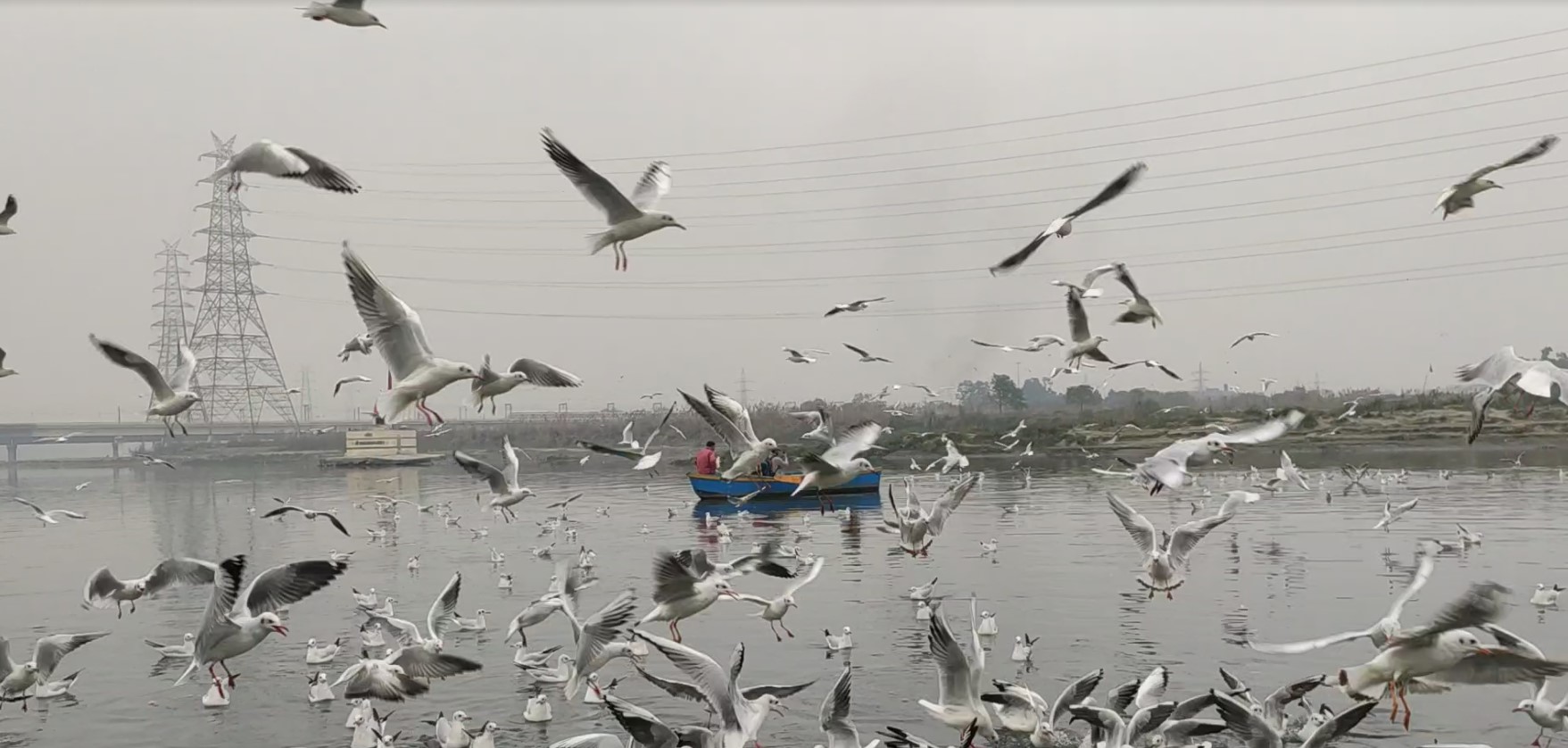
STEPPING TOWARDS A CLEAN YAMUNA
Those living in the Ghat face the brunt of the public’s carelessness and lack of official action and control. From the washing of clothes, utensils, and vegetables –to– throwing floral waste, bangles, and one’s litter—all such activities that might pollute the river must stop. Ganesh suggests, “Government should deploy people here or take help from the residents of the Ghat so that they can regulate the happenings and stop people from throwing junk into it. The people of the Ghat are doing a lot to keep the river clean.”
The 28-year-old has also filed complaints against those who pollute the river and dispose of their waste in it. Believing that people might stop going to Ganga or Haridwar if the Yamuna gets crystal clean someday, Ganesh appeals to the government to look into the cleaning of our Yamuna. He concludes, “All I hope for is that this place should be treated, cleaned, and beautified as soon as possible.”



